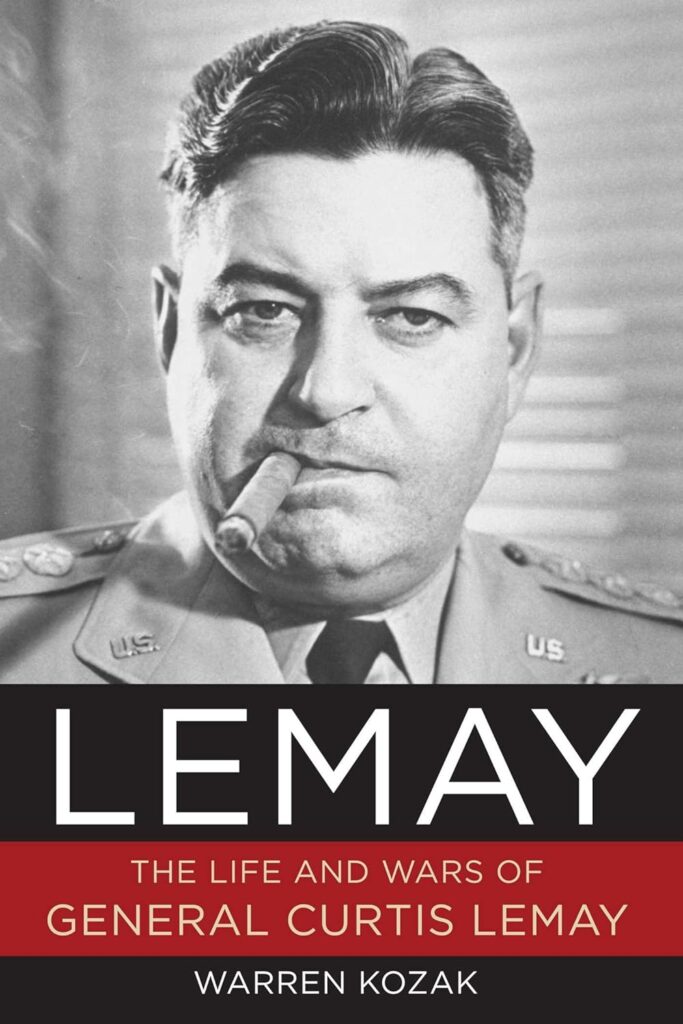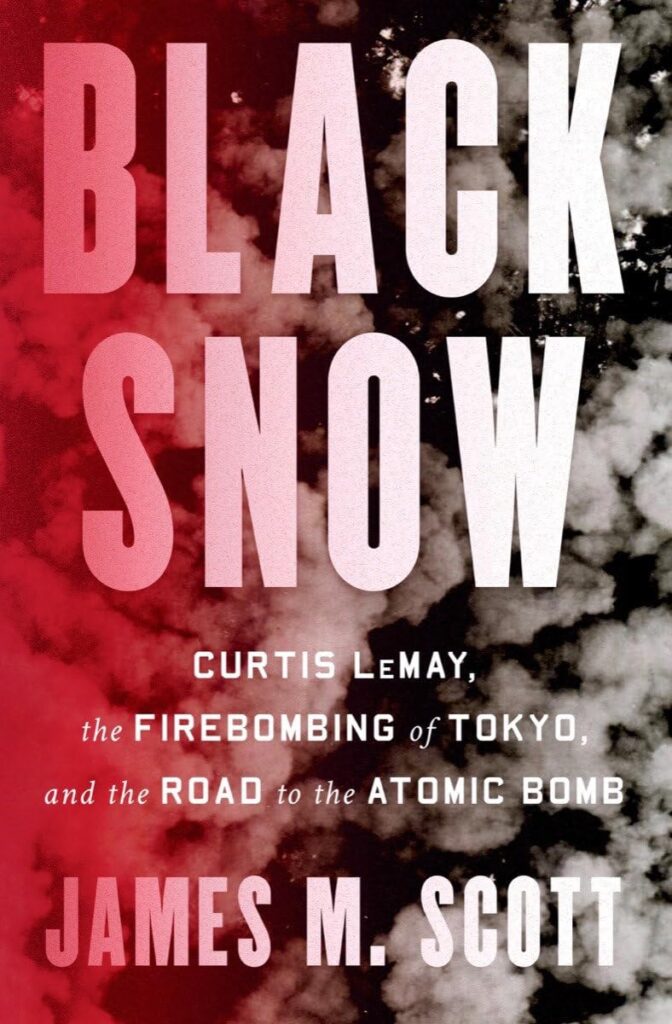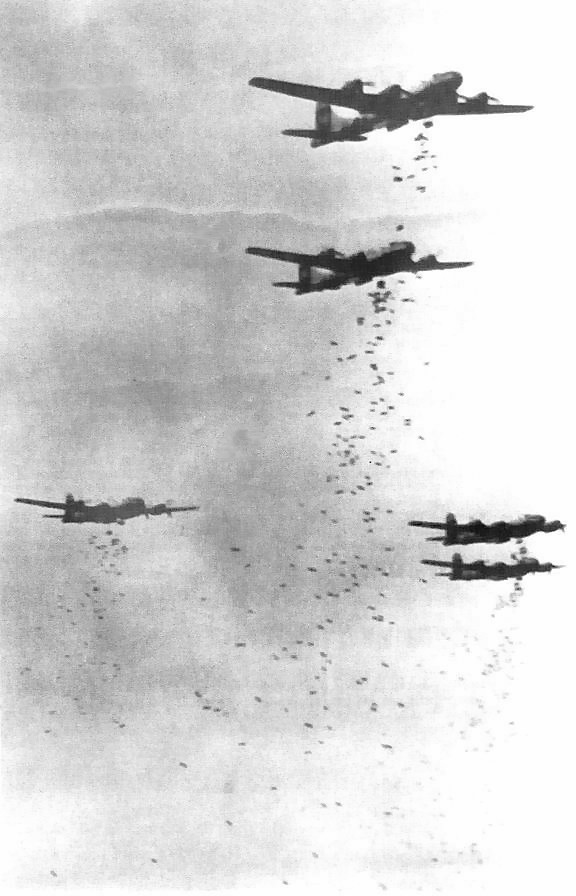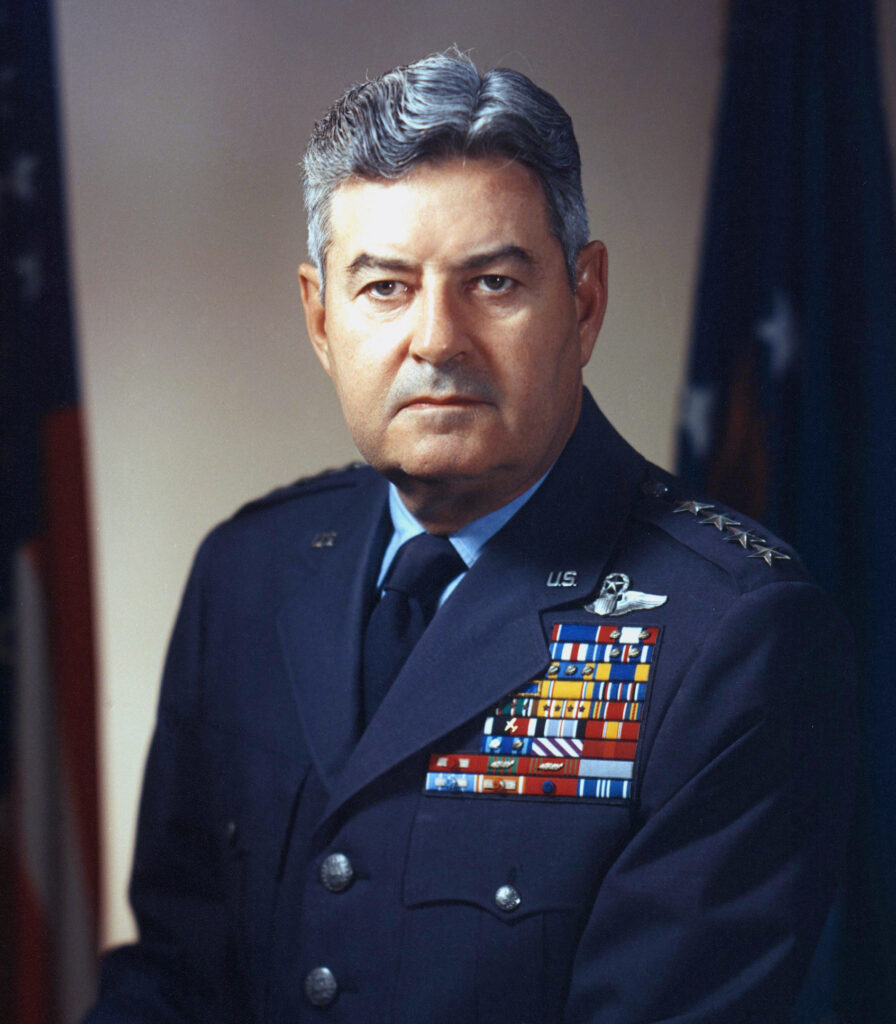Hero or War Criminal?
General Curtis LeMay once said something to the effect that if the United States lost the war with Japan, he’d be tried as a war criminal for his introduction of the aerial firebombing of Japanese cities. That level of critical awareness informed his every waking moment and yet never paralyzed him with doubt or hesitation.

LEMAY by Warren Kozak and BLACK SNOW by James Scott are very comprehensive biographies of a man who ran the Army Air Corps and the United States Air Force, in part, for the better part of World War II and the Cold War. He even ran for Vice President in 1968.

And despite helping to win the war in Europe, the war in Asia, and, eventually, the Cold War – he lived to see the Berlin Wall come down – he’s mostly forgotten today.
Perhaps he’s most remembered for being the living, breathing person the two generals in the Stanley Kubrick movie “Dr. Strangelove” were modeled after. Perhaps he’s most remembered for his role on the Joint Chiefs of Staff during the Kennedy Administration and its 1962 October Missile Crisis, when he led the hawk side favoring a confrontation with the Soviet Union that could have resulted in a nuclear World War III.
Or, famously, he’s remembered for his saying that we should bomb North Vietnam “back to the stone age”. Or that the best way to conduct a war is to kill enough of the enemy so that eventually they stop fighting.
Or, simply, he’s remembered for overseeing the first use of nuclear weapons, at Hiroshima and then Nagasaki.
Or, even more simply, he’s remembered for killing enough – so, so many – Germans and Japanese, including civilians of course, that we won the war. That they, the enemy, quit fighting.

That’s a lot of “remembered fors” for a guy who is mostly forgotten.

I don’t want to compare LeMay to Germany’s Himmler, but there’s a strange symmetry between Himmler taking the initiative in killing Jews en masse in the Holocaust when he noticed that nobody was complaining about it, and Curtis LeMay’s noticing that his ammo dump on Guam was filling with mostly incendiary-type bombs that burned entire cities at a time when the approved bombing style, the precision bombing of industrial and military targets, was failing badly.
Implicitly, the Army Air Corps and the Pentagon was saying to LeMay, go ahead. If you have the guts.
He had the guts. Clearly the Pentagon didn’t.
Everybody breathes a sigh of relief when somebody but them takes the initiative, for better or worse.
All of this was eclipsed by LeMay’s strange decision to run, after retiring from the military, with segregationist third party presidential candidate George Wallace in 1968. LeMay was no racist, as proven by his track record in service, but the odd move nevertheless darkened the rest of his life.
Tone deaf, but a genius, somebody you want on your side in a war – “just imagine him in the enemy’s uniform!” somebody famously said – and the epitome of the winning ideal, how do you defend a Curtis LeMay?
You defend him by preferring to have won.
